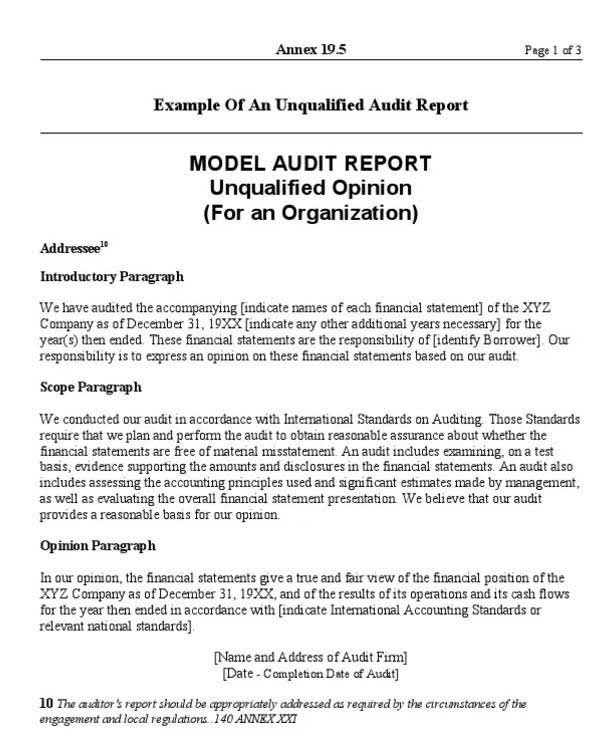As you can see, no matter what the transaction is, the accounting equation will always balance because each transaction has a dual aspect. The accounting equation plays a significant role as the foundation of the double-entry bookkeeping system. It is based on the idea that each transaction has an equal effect. It is used to transfer totals from books of prime entry into the nominal ledger. Every transaction is recorded twice so that the debit is balanced by a credit.
In any event, when the balance sheet report adjusts itself, there is still a chance of a mistake that doesn’t include the accounting equation. Net income reported on the income statement flows into the statement of retained earnings. If a business has net income (earnings) for the period, then this will increase its retained earnings for the period. This means that revenues exceeded expenses for the period, thus increasing retained earnings. If a business has net loss for the period, this decreases retained earnings for the period.
Rearranging the Accounting Equation
A useful tool for analyzing how transactions change an accounting equation is the T-account. The left side of a T-account is for debits, whereas the right side is credits. However, the effect of debits and credits on the balance in a T-account depends upon which side of the accounting equation an account is located. An owner has the right to take money or other assets for personal use.
During ABC Enterprise’s first complete month of operations, the following business transactions took place. For example, if one asset increases by $5,000, it’s possible that another asset will decrease by $3,000, and liabilities will increase by $2,000 simultaneously. The most common sources of revenue are the sale of goods and services, the leasing of real estate, the provision of financial loans, commissions, fees, interest, royalties, dividends, and rent.
What is The Accounting Equation?
The company’s assets are equal to the sum of its liabilities and equity. Individual transactions which result in income and expenses being recorded will ultimately result in a profit or loss for the period. The term capital includes the capital introduced by the business owner plus or minus any profits or losses made by the business.
If the left side of the accounting equation (total assets) increases or decreases, the right side (liabilities and equity) also changes in the same direction to balance the equation. The accounting equation asserts that the value of all assets in a business is always equal to the sum the accounting equation is usually expressed as of its liabilities and the owner’s equity. For example, if the total liabilities of a business are $50K and the owner’s equity is $30K, then the total assets must equal $80K ($50K + $30K). The accounting equation summarizes the essential nature of double-entry system of accounting.
The Difference Between Bookkeeping and Accounting
A business’ equity represents the value that would be left for the owners if you sold all its assets and paid off its liabilities. As the accounting equation indicates, it equals your assets minus your liabilities. Current assets include cash and other assets you expect to convert to cash within the year, such as inventory, accounts receivable, and portions of prepaid expenses. Noncurrent assets are those you don’t expect to become cash in the next year, such as fixed assets like land and machinery or intangible assets like goodwill. The accounting equation is the foundation of a bookkeeping system. It’s the compass that guides all accountants and bookkeepers, even if transactions get complex.
- Think of liabilities as obligations — the company has an obligation to make payments on loans or mortgages or they risk damage to their credit and business.
- Examples of supplies (office supplies) include pens, paper, and pencils.
- Net value refers to the umbrella term that a company can keep after paying off all liabilities, also known as its book value.
- Notes receivable is similar to accounts receivable in that it is money owed to the company by a customer or other entity.
By using the above equation, the bookkeepers and accountants ensure that the “balance” always holds i.e., both sides of the equation are always equal. And we find that the numbers balance, meaning Apple accurately reported its transactions and its double-entry system is working. Metro Corporation collected a total of $5,000 on account from clients who owned money for services previously billed. Metro Corporation earned a total of $10,000 in service revenue from clients who will pay in 30 days. Metro issued a check to Office Lux for $300 previously purchased supplies on account.


